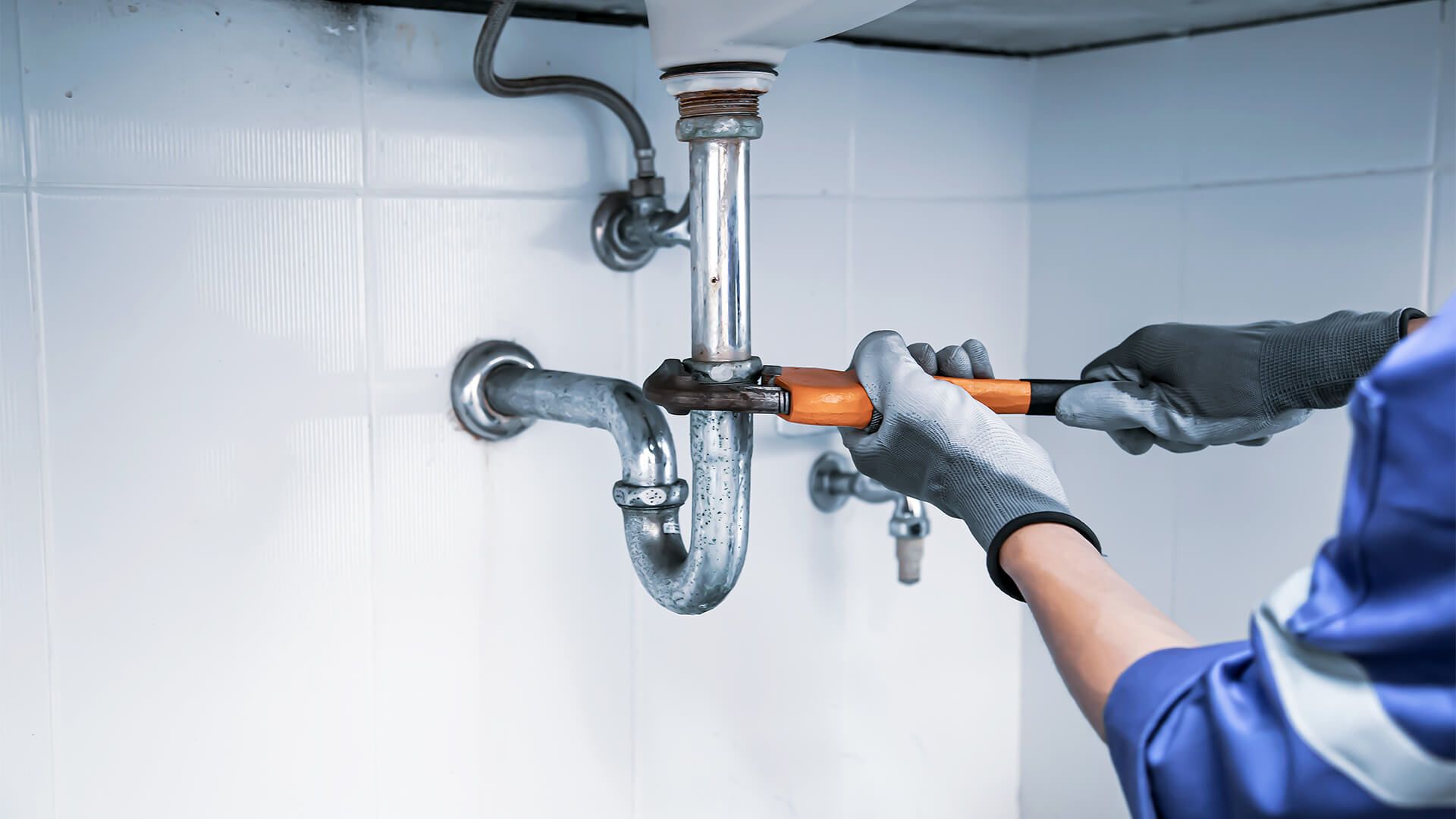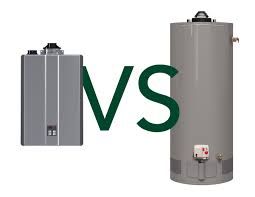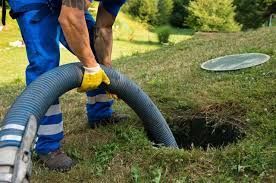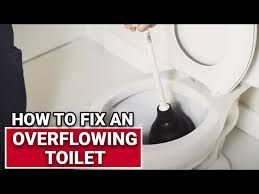How to Troubleshoot Common Water Heater Problems
A water heater is an essential appliance that provides hot water for daily needs, such as bathing, cleaning, and cooking. However, like all appliances, water heaters can run into issues that disrupt their functionality. Knowing how to troubleshoot common water heater problems can save you time, money, and discomfort. This guide will walk you through various issues, their causes, and potential solutions.
Understanding Water Heater Basics
Before diving into troubleshooting, it’s important to understand the basics of how a water heater works. There are two main types: tank and tankless. Both types heat water, but they do so in different ways. Tank water heaters store hot water in a large tank, while tankless water heaters heat water on demand.
Common components that may require troubleshooting include the thermostat, heating element, gas burner, or electrical wiring.
1. No Hot Water
If you find yourself without hot water, several issues could be at play:
Check the Power Source: Ensure that your electric water heater is plugged in and that the circuit breaker hasn’t tripped. For gas water heaters, make sure the pilot light is lit and the gas supply is on.
Thermostat Issues: The thermostat controls the water temperature. If it’s faulty, the water heater may not heat the water correctly. Test the thermostat by setting it to a higher temperature and seeing if the water heats up.
Faulty Heating Element or Burner: In electric water heaters, the heating element could be burned out. For gas water heaters, the burner or pilot light might have issues. Replacing a heating element or cleaning the burner may solve the problem.
2. Inadequate Hot Water Supply
Sometimes, the water heater produces hot water but not enough of it. This could be due to:
Incorrect Thermostat Settings: Check the thermostat setting and adjust it if necessary. For optimal results, set it to around 120°F (49°C).
Sediment Build-Up: Over time, minerals from hard water can accumulate at the bottom of the tank, reducing the amount of water it can heat. Flushing the tank regularly can help maintain its efficiency.
Undersized Water Heater: If your water heater is too small for your household’s needs, consider upgrading to a larger model or supplementing it with a tankless water heater.
3. Water is Too Hot
If your water is too hot, it could be both uncomfortable and dangerous. Here’s how to fix it:
Thermostat Setting Too High: Check the thermostat setting and lower it if it’s above 120°F (49°C). This is a common issue, especially if the water heater was recently serviced or the thermostat was bumped.
Faulty Thermostat: If adjusting the thermostat doesn’t work, the thermostat might be malfunctioning and could need replacing.
4. Water Heater Leaks
Leaks are a significant concern as they can cause water damage and reduce the efficiency of your heater.
Loose Connections: Check for any loose plumbing connections or fittings. Tightening these may stop minor leaks.
Damaged Tank: If the tank itself is leaking, it could be due to corrosion or a crack. Unfortunately, a leaking tank usually means the water heater needs to be replaced.
Faulty Temperature and Pressure Relief Valve (T&P Valve): If the T&P valve is leaking, it may need to be replaced. This valve is critical for safety as it releases excess pressure from the tank.
5. Strange Noises from the Water Heater
Hearing unusual sounds from your water heater can be alarming. Here’s what they might indicate:
Sediment Build-Up: Popping or rumbling sounds typically indicate sediment build-up in the tank. Flushing the tank should resolve this issue.
Heating Element Issues: If you hear a high-pitched whining noise, it may be due to a build-up of scale on the heating element. Replacing the element or cleaning it may be necessary.
6. Discolored or Foul-Smelling Water
If your hot water looks rusty or has a strange odor, this could indicate:
Corroded Anode Rod: The anode rod helps prevent tank corrosion. If it’s heavily corroded, it may need replacing to prevent rust-colored water.
Bacterial Contamination: A sulfur-like smell could indicate bacteria in the tank. Flushing the tank with a solution of hydrogen peroxide can help disinfect it.
7. Low Hot Water Pressure
Low hot water pressure can be caused by:
Sediment Build-Up: Like with inadequate hot water supply, sediment can also clog pipes and reduce water pressure.
Old Plumbing: Older homes may have narrow pipes that naturally restrict water flow. Replacing these with modern pipes can improve water pressure.
FAQs About Water Heater Problems
Q: How often should I flush my water heater to prevent issues?
A: It’s recommended to flush your water heater at least once a year to remove sediment build-up and maintain efficiency.
Q: Can I fix water heater problems myself, or do I need a professional?
A: Some minor issues like adjusting the thermostat or relighting the pilot light can be done yourself. However, for more significant problems, it’s best to consult a professional plumber.
Q: What regular maintenance can help prevent water heater problems?
A: Regularly flushing the tank, checking the anode rod, testing the T&P valve, and inspecting the thermostat and heating elements can help prevent most common issues.
Conclusion
Understanding how to troubleshoot common water heater problems can save you from unnecessary stress and expenses. Regular maintenance and timely repairs will ensure your water heater functions efficiently for years to come. However, always consider consulting a professional for significant repairs or if you're unsure about the troubleshooting process.







